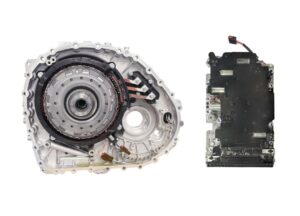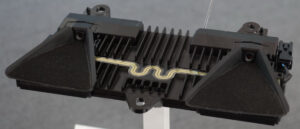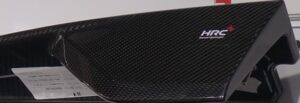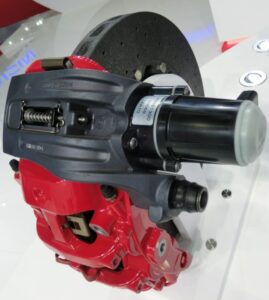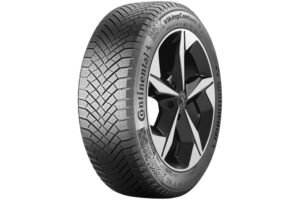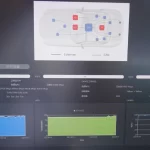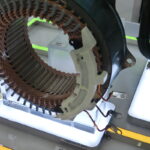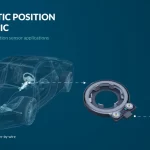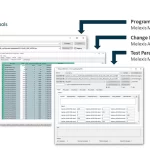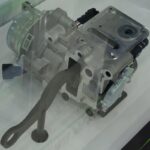Bolted joints perform a highly critical safety role in many different application areas. This is why growing numbers of manufacturers require their suppliers to provide documentation of the fastening processes. To make sure that a fastener sits properly, correct adjustment and reliable functioning of the tool are the key factors. Torque tool testing systems (as they are known) guarantee that these requirements are met. But what is the most efficient way to organize inspection of the many different tools in a company? And what is the simplest method of transferring the data to a database where it can be retrieved in case of recourse claims?

The new, web-based software CEUS 10 focuses on intuitive operability and easily understandable test records.
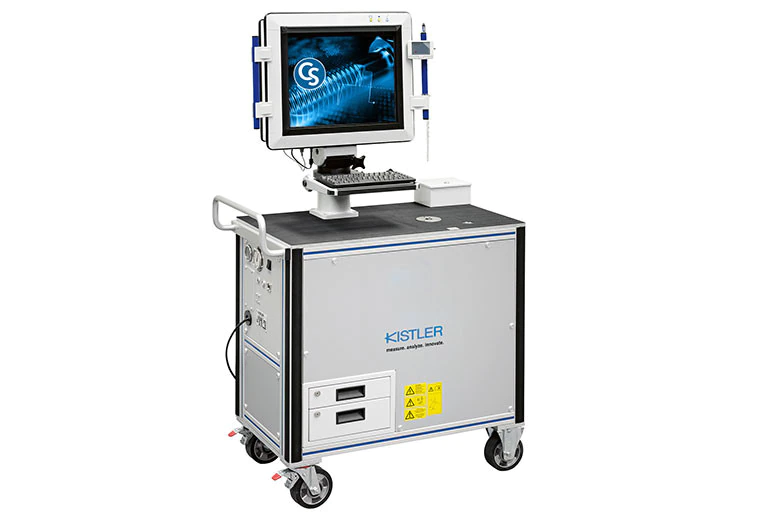
Users of the cerTEST testing systems can not only save different measurement settings with CEUS 10, but also generate their own measurement history and have test records stored automatically.
Kistler now offers a solution that makes it easier for users to test fastening tools and get off to a quick start with this process: the web-based CEUS 10 software that complements Kistler’s proprietary cerTEST system. This is the latest development of the “Central Evaluation Unit for All Systems”, with even greater emphasis on intuitive operability and easy-to-understand test records. CEUS 10 also allows cerTEST users to store different measurement settings and access them with just a few clicks whenever needed – so measurement parameters for individual tools only ever need to be set once. The program then guides users step-by-step through the measurements. CEUS 10 also generates a specific measurement history for each tool, and stores test records automatically on a local server.




